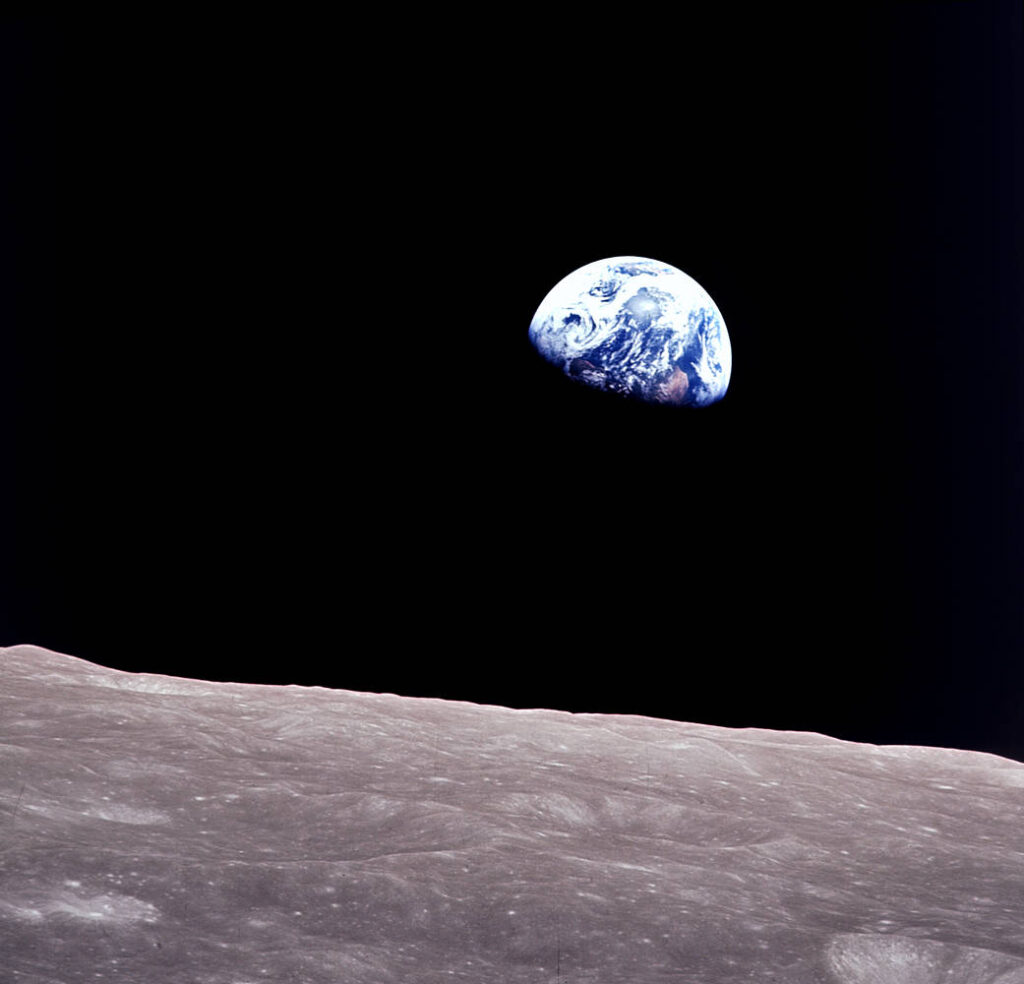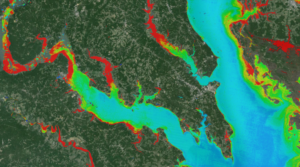In light of the RFP cancellation, an interagency working group was formed (by the Executive Office of the President) to discuss new plans for Landsat data continuity. These discussions eventually lead to the Aug. 13, 2004 OSTP memorandum which directed federal agencies to place Landsat-type sensors on National Polar-orbiting Operational Environmental Satellite System (NPOESS) platforms.
Following an evaluation of the technical complexity of integrating Landsat-type sensors on the NPOESS platforms, the Dec. 2005 memorandum redirected the Departments of Commerce, Defense, the Interior, and NASA to “proceed with the NPOESS program without incorporating a Landsat-type instrument.”
The LDCM mandated by the most recent OSTP memorandum will collect and archive data consistent with data from the previous Landsat satellites. Expeditious progress towards the acquisition, launch, and operation of the LDCM is anticipated to minimize any possibility of a gap in Landsat data. Landsat 5 and Landsat 7 are still operational, but Landsat 5 is 22 years old and no redundancy remains for most of its mission critical subsystems. Landsat 7, which was launched in 1999, has lost the use of its instrument Scan Line Corrector and has lost gyro redundancy.
The U.S. Government ultimately endeavors to ensure long-term continuity of Landsat-like data. As stated in the Dec. 2005 memorandum: “it remains the goal of the U.S. Government to transition the Landsat program from a series of independently planned missions to a sustained operational program funded and managed by a U.S. Government operational agency or agencies, international consortium, and/or commercial partnership. Concurrent with the actions cited [in the Dec. 23, 2005 OSTP memorandum], the National Science and Technology Council, in coordination with NASA, DOI/USGS, and other agencies and EOP [Executive Office of the President] offices as appropriate, will lead an effort to develop a long-term plan to achieve technical, financial, and managerial stability for operational land imaging in accord with the goals and objectives of the U.S. Integrated Earth Observation System.”
Read full memorandum.

Be Part of What’s Next: Emerging Applications of Landsat at AGU24
Anyone making innovative use of Landsat data to meet societal needs today and during coming decades is encouraged to submit and abstract for the upcoming “Emerging Science Applications of Landsat” session at AGU24.





